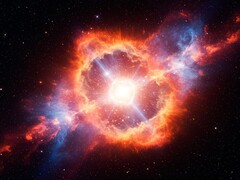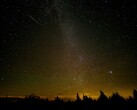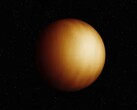Many cosmic events occur in space and sometimes surprise astronomers. This is the case of these scientists who observed the first moments of a supernova shock wave.
Therefore, it is necessary to turn to the supernova 2024ggi, located in the spiral galaxy NGC 3621, about 22 million light-years from Earth. When it exploded on April 10, 2024, astronomer Yi Yang of Tsinghua University in Beijing requested observation time on the Very Large Telescope (VLT) in Chile.
And according to him, this supernova had a mass between 12 and 15 suns. In other words, it was a red supergiant 500 times larger than our sun, which became a neutron star after this event.
Thus, it is with the help of the Very Large Telescope's FORS2 spectrograph that astronomers used a method called spectropolarimetry to observe this explosion, as Lifan Wang explains:
"Spectropolarimetry delivers information about the geometry of the explosion that other types of observation cannot provide because the angular scales are too tiny."
According to the results obtained, the shape of the explosion was flattened, and it spread symmetrically. And surprisingly, it did not change its form after colliding with a ring of circumstellar material.
If this is a first, this discovery will allow us to better understand our universe and the events that take place there. And that’s not all, because new discoveries could be made in the coming months and may provide new answers.
























